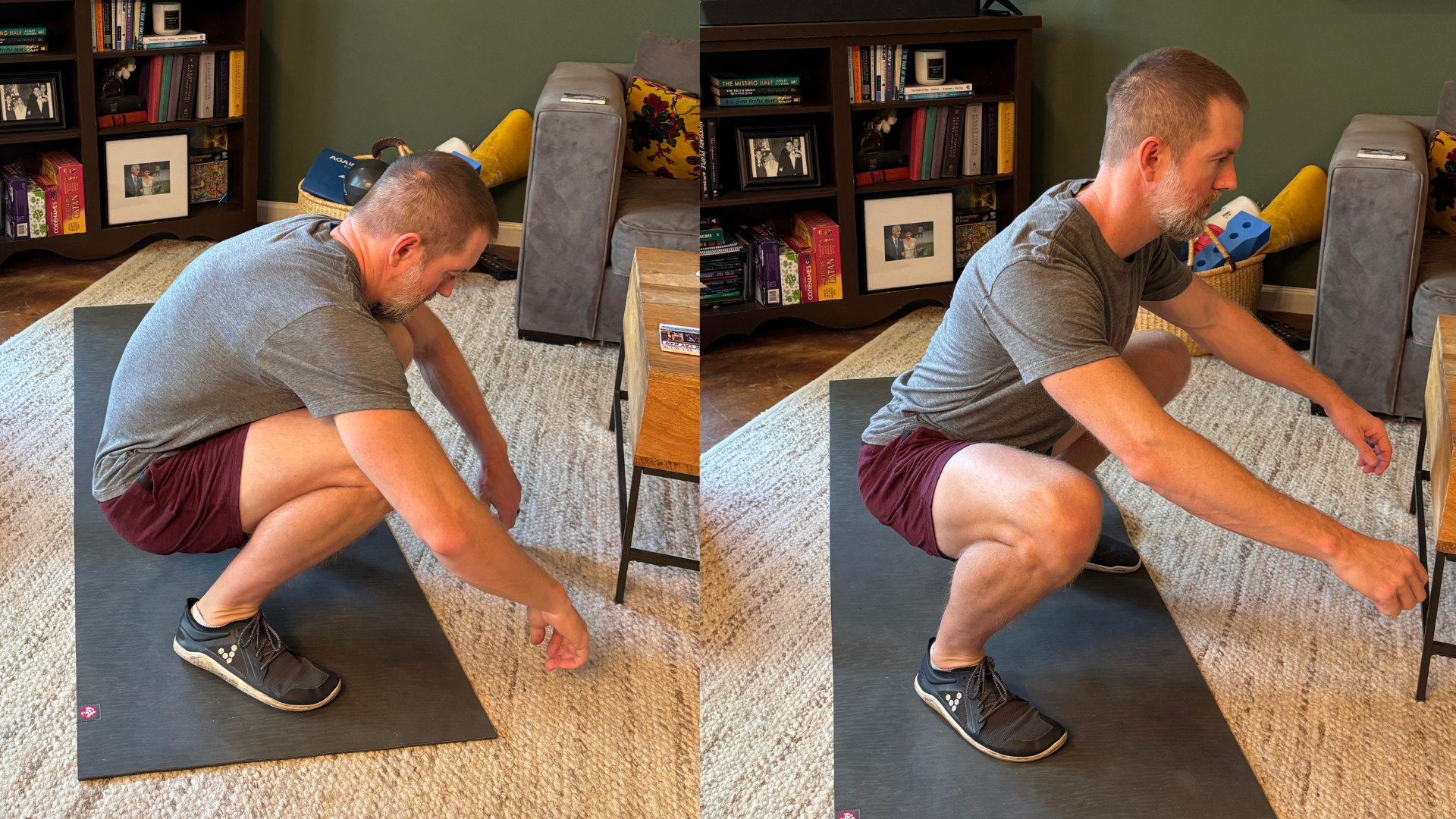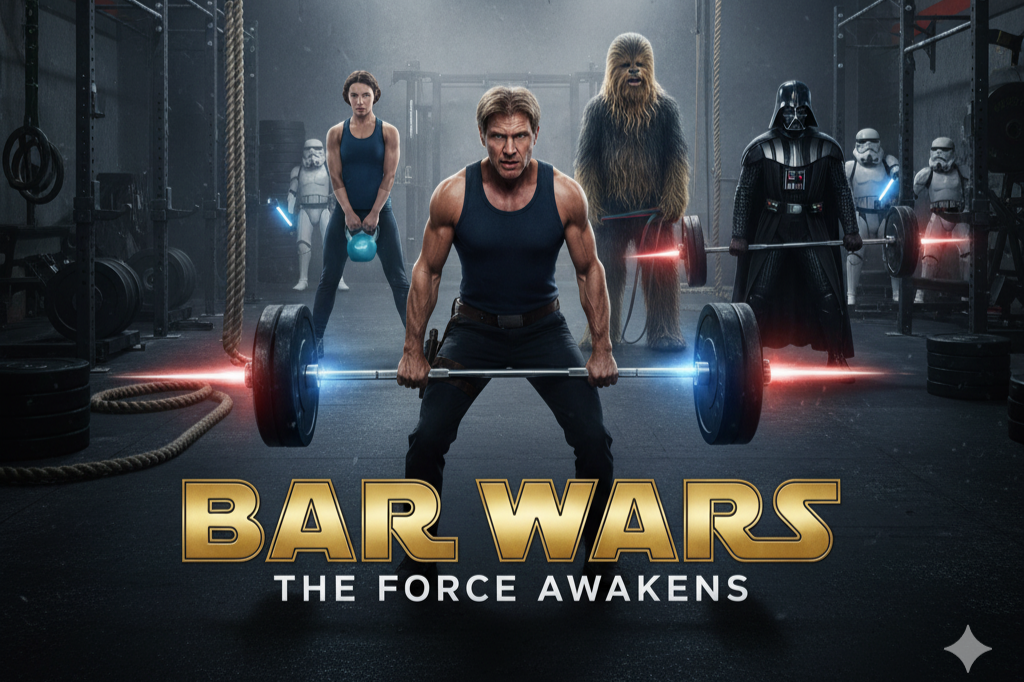Benefits of Walking
Walks are a huge part of the MovementLink lifestyle! We are obsessed with getting in 10,000 steps a day (kind of, see below) and have found tremendous benefit in short 10-minute walks after meals!!!
But we workout hard, so why would we need to walk?
By breaking our sedentary bouts throughout the day we:
It’s not just that walking is great, but by being sedentary, we may actually be resistant to many of the positive effects of exercise! So, by sitting around all day, all the effort we put in at the gym may not be paying off as much as it should.
Improve our body’s ability to recover from workouts, which means we get more results from the effort we put in.
Because of our better recovery, our performance in our workouts is elevated, which means we get more and better work in, resulting in better results.
Walking has positive health implications for blood sugar and fat metabolism that cannot be accomplished by exercise alone.
Walking burns calories and promotes a healthy metabolism.
Walking supports a natural and synched circadian rhythm and promotes wakefulness which in turn promotes sleepiness and deep sleep.
Walking (especially with a ruck) builds upright stamina capacity that has surprising good transfer into endurance events and vacations!
The MovementLink Walking Protocols:
We break up every sedentary hour with movement.
We walk for around at least 10 minutes after every meal.
We turn our walks into a ruck when reasonable.
Back-up Plan: Soleus Push-ups
Should we walk 10,000 steps each day? Yes…but really just break being sedentary at least once an hour and we’re good.
We don’t really care if we hit 10,000 steps each day (although that can be a great thing to strive for), the intent behind that number is more important than the number. To accumulate 10,000 steps, especially for those of us who live very busy lives and sit at work, takes planning, intent, and effort as we typically will need to add multiple shorter walks into our daily routines to accumulate that number. These shorter walks generate blood flow and push lymphatic fluid through our lymphatic system throughout the day. But, the reason we don’t really care about the 10,000 step number is that walking is not the only way to accomplish this! Especially for those of us who feel like we are short on time, even just an intentional 1-2 minutes of movement every hour to break up sedentary bouts can have a profound impact.
One goal of our walks is to increase blood flow and help push our lymphatic fluid through our lymphatic system. Our lymphatic system carries waste out of our body, but it primarily works through muscle contraction. As we sit around, our lymph sits stagnant and pools, gross huh? Luckily, the calves can be a powerful pump of the lymphatic system and also are muscles designed to last all day. One study even showed that participants had improved blood sugar regulation and metabolism by simply lifting their heels up in the air with the balls of their feet staying on the ground over and over again while sitting at their desk. So, as we are looking for non- to minimally-fatiguing ways to break our sedentary bouts, taking advantage of the calves is our focus. Walking accomplishes this, along with movement of the rest of the body, but there are also other ways! Bounding exercises like jumping jacks, jump rope, or just jumping or running in place are a quick and easy way to get blood flowing and to use the calves to pump lymph through our system. If we have more than than 1 minute, then we go for that walk or add in some functional yoga and mobility exercises.
Walk around for 10-minutes after each meal.
To habit-stack, using meals as a trigger to get us on a short walk afterwards can be a great way to help us get in enough movement each day, but it also helps us control our blood sugar levels and the insulin sensitivity of our cells (which is a good thing). Muscle contractions help take glucose out of the blood and into the muscles meaning that our body doesn’t need to release as much insulin to get the job done. Too much insulin in the blood causes inflammation and can lead to insulin insensitivity of cells which leads to more insulin needed to be released and may be the trigger for many major, negative health implications.
Additionally, may of us struggle with the addictive nature of desserts or simply craving more food when we are done with our meals. A change of environment by leaving the table after we eat can help is a powerful tool to help us avoid a willpower battle that may happen if we stay put. It is much easier to follow through on the decisions we want ourselves to make if we change our environment out of a difficult one. Additionally, since we are on the mental benefits, walking also causes a lot of horizontal eye movements which are associated with reducing stress…another boost to willpower and recovery.
Add wearing a moderately weighted ruck when reasonable
First of all, what rucking? Rucking simply refers to walking with added weight, typically a weighted backpack, but weight vests and simply carrying things work too! Rucking boosts our heart rate more than walking alone and has the additional benefits of supporting building strength over time as our feet, ankles, hips, back, and core work to support the extra weight. Now, we also enjoy doing super heavy and super long rucks as workouts, but for the intent of blood and lymph flow and recovering from workouts, adding a moderate weight ruck to our walking habit is ideal as to not interfere with our workout program. How much weight do we use? It mainly depends on our fitness level, but most of us will use between 15 and 50lbs…remember that we keep it moderate for these walks and that we save the real heavy weight for when our goal is to work out.
A Study That Interests Us - Soleus Push-ups
A potent physiological method to magnify and sustain soleus oxidative metabolism improves glucose and lipid regulation
Marc T. Hamilton, Deborah G. Hamilton,and Theodore W. Zderic
iScience. 2022 Sep 16
This study shows the impact flexing your calves can have on your blood and lymph flow. By sitting at your desk and lifting your heels on and off the floor, there are meaningful impacts to health, so if you find yourself stuck at your desk, unable to take your walks, these soleus push-ups as Dr. Andrew Huberman calls them, can be your back-up plan.
Participants with 270 cumulative minutes (4.5 hours) of these heel raises (or soleus push-ups) across the day “experienced dramatic improvements in blood sugar regulation and in metabolism.” Making non-scientific inferences here, 4.5 hours of soleus push-ups seems to be like 10,000 steps in a day. But, walking 10,000 steps would take half the time, so if you were going to replace a 10 minute walk after a meal with soleus push-ups at your desk, my made-up math here would say that 20 minutes would be the dosage.
There are tons of additional benefits that come from being outside like sun exposure, the stress-relieving impacts of horizontal eye movements, and benefits that come from disconnecting from your desk, so we recommend still trying to get out on walks.
Here’s two of our favorite experts also discussing the subject:
https://chriskresser.com/how-many-steps-should-you-get-in-a-day/
“But how many steps are enough? Under 5,000 steps per day might be detrimental to bone mass. Achieving at least 7,500 steps could help with weight loss and improve sleep. And the 10,000-step cutoff might be appropriate for decreasing cardiovascular disease risk, at least in men.
But do we see benefits above 10,000 steps? One study continued to show heart benefits at daily steps up to and beyond 12,500 in men, while the relationship between step count and cardiovascular disease risk in women wasn’t as linear. For postmenopausal women to achieve healthy weight, 12,500 steps might be required. And, a recent study looking at postal workers showed that only those who walked over 15,000 steps per day or spent seven hours per day upright had zero features of metabolic syndrome.”










